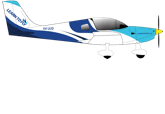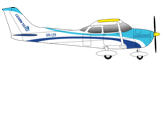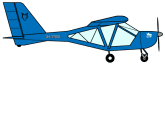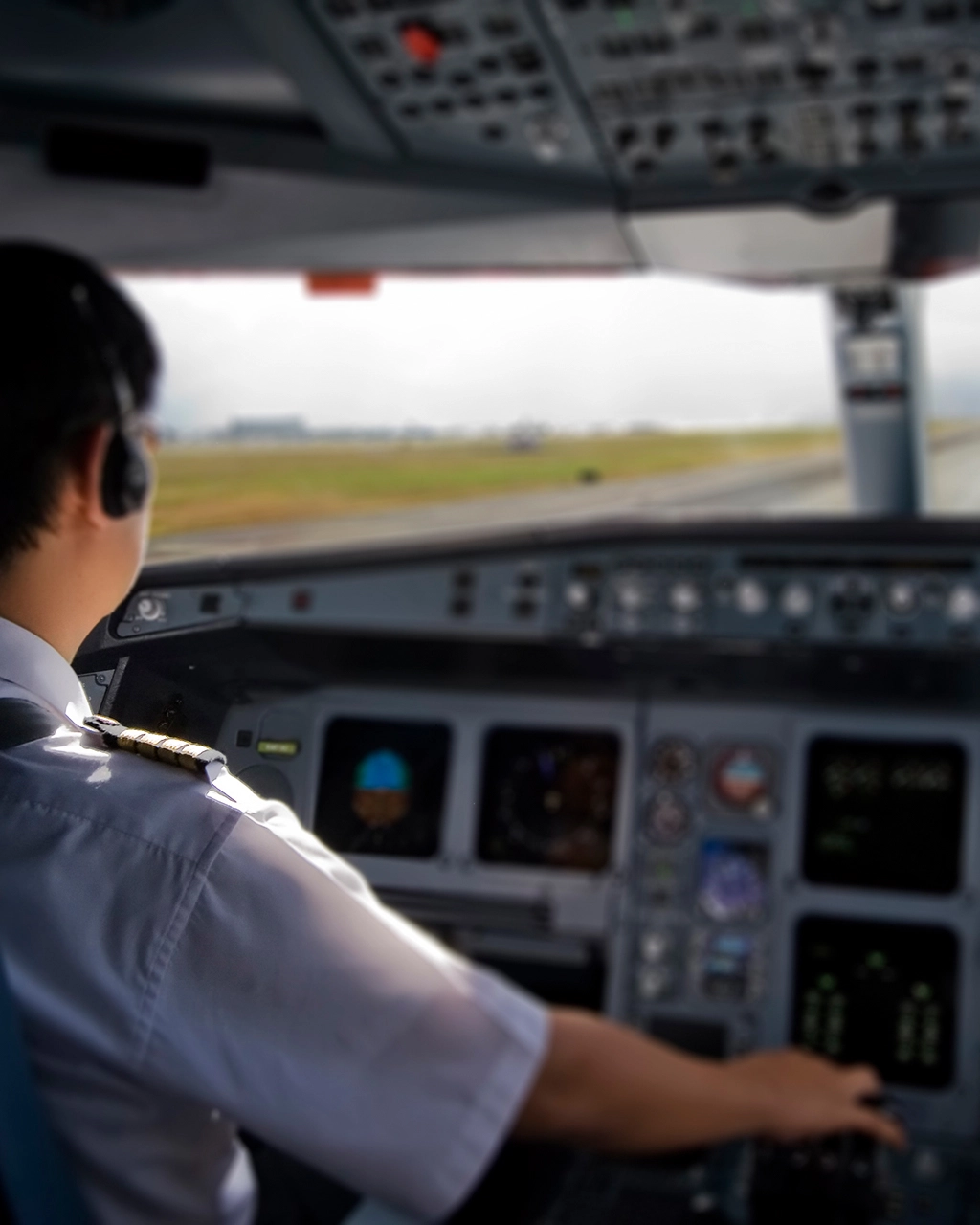
January 09, 2025
The Challenges of Adapting to Airline Culture and Operations
Transitioning from a training environment to a professional airline setting is a significant milestone for new pilots.
While it marks the culmination of years of hard work and dedication, this step also brings unique challenges that require adaptability, resilience, and a commitment to continuous learning.
Airline operations are governed by extensive protocols and standard operating procedures (SOPs) designed to ensure safety, efficiency, and consistency. For pilots accustomed to the relatively straightforward procedures of training environments, adjusting to this level of complexity can be daunting.
New pilots must quickly familiarise themselves with:
- Operational Manuals: These documents outline every aspect of airline operations, from checklists to emergency procedures.
- Company Policies: Understanding the airline’s expectations, from uniform standards to customer interaction protocols, is crucial.
- Aircraft Systems: Transitioning to larger, more sophisticated aircraft introduces advanced systems and technologies that require mastery.
Many airlines mitigate this learning curve through robust induction programs and simulator training sessions. For those joining through airline cadet programs, these structured pathways often provide foundational knowledge of airline-specific practices.
Adapting to Rigorous Schedules
A pilot’s schedule is far from conventional, often involving long hours, irregular shifts, and extensive travel across time zones. Managing fatigue, maintaining peak performance, and striking a work-life balance can be challenging. Key strategies include:
- Circadian Rhythm Management: Pilots must learn to adapt their sleep patterns to match their schedules, often relying on strategic napping and controlled exposure to light.
- Fitness and Nutrition: Staying healthy on the road is essential, as physical well-being directly impacts alertness and decision-making capabilities.
New pilots may initially struggle to balance professional demands with personal commitments, particularly when faced with time away from family and friends.
Navigating Hierarchical Structures
Airlines operate with a clear chain of command, where pilots must understand their role within the organisation. For new recruits, adapting to this hierarchy can be intimidating. Key components include:
- Captain-First Officer Dynamics: First Officers must support the Captain while voicing concerns when necessary, fostering mutual respect and collaboration.
- Cross-Functional Teams: Pilots work closely with cabin crew, ground staff, and air traffic controllers, requiring seamless teamwork across various departments.
Understanding and respecting these dynamics is critical to maintaining operational harmony and safety.
The Importance of Communication and Teamwork
Effective communication is a cornerstone of airline operations. Pilots must convey information concisely and clearly, both in the cockpit and during interactions with other stakeholders. Challenges include:
- Aviation Jargon: Pilots must master industry-specific terminology to ensure precise communication, particularly in high-stress situations.
- Cultural Sensitivity: Working with colleagues and passengers from diverse backgrounds requires an understanding of cultural nuances and an inclusive approach.
- Conflict Resolution: Disagreements can arise in high-pressure environments. Pilots must resolve conflicts professionally to maintain a positive working atmosphere.
Strong teamwork is equally vital, as collaborative decision-making can significantly enhance safety and efficiency.
Maintaining Professionalism
Pilots represent the airline, and professionalism is a non-negotiable expectation. This encompasses:
- Appearance: Adhering to grooming standards and maintaining a polished image.
- Behaviour: Demonstrating integrity, accountability, and composure in all interactions.
- Continuous Improvement: Embracing lifelong learning to stay updated on regulatory changes, technological advancements, and industry best practices.
For pilots transitioning from a private pilot licence in Australia or similar entry-level certifications, understanding these professional expectations is a critical step in their career progression.
Overcoming Common Challenges
- Initial Overwhelm: The sheer volume of information can feel overwhelming. Breaking tasks into manageable steps and seeking mentorship can ease the transition.
- Performance Pressure: New pilots often feel the weight of high expectations. Building confidence through preparation and practice is key.
- Adapting to Change: Every airline operates differently, and flexibility is essential to thrive in new environments.
Opportunities for Growth
Despite these challenges, adapting to airline culture offers unparalleled opportunities for personal and professional development. Pilots gain:
- Global Exposure: Interacting with diverse cultures and experiencing unique destinations fosters a broader worldview.
- Leadership Skills: Managing crew and navigating complex situations builds leadership capabilities.
- Career Progression: With experience, pilots can advance to senior roles, including Captain or operational management positions.
The aviation industry also offers avenues for specialisation, such as becoming a flight instructor, joining safety committees, or pursuing management roles.
The transition to an airline setting tests a pilot’s skills, resilience, and adaptability. While challenges such as understanding procedures, managing schedules, and navigating hierarchy are inevitable, they are integral to the growth of any aviation professional. Programs such as airline cadet programs and structured training paths provide invaluable support during this phase, equipping pilots with the tools to succeed.


